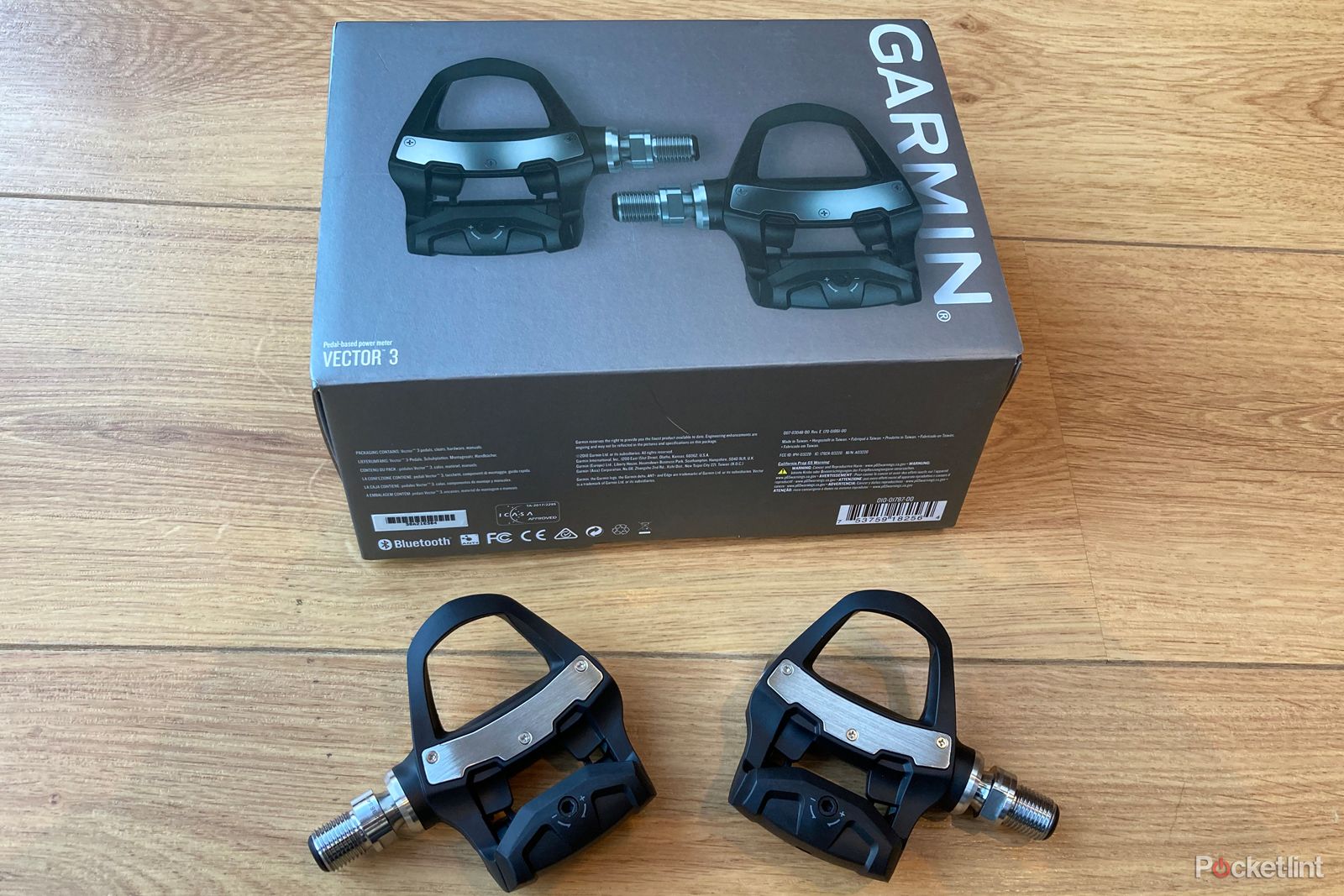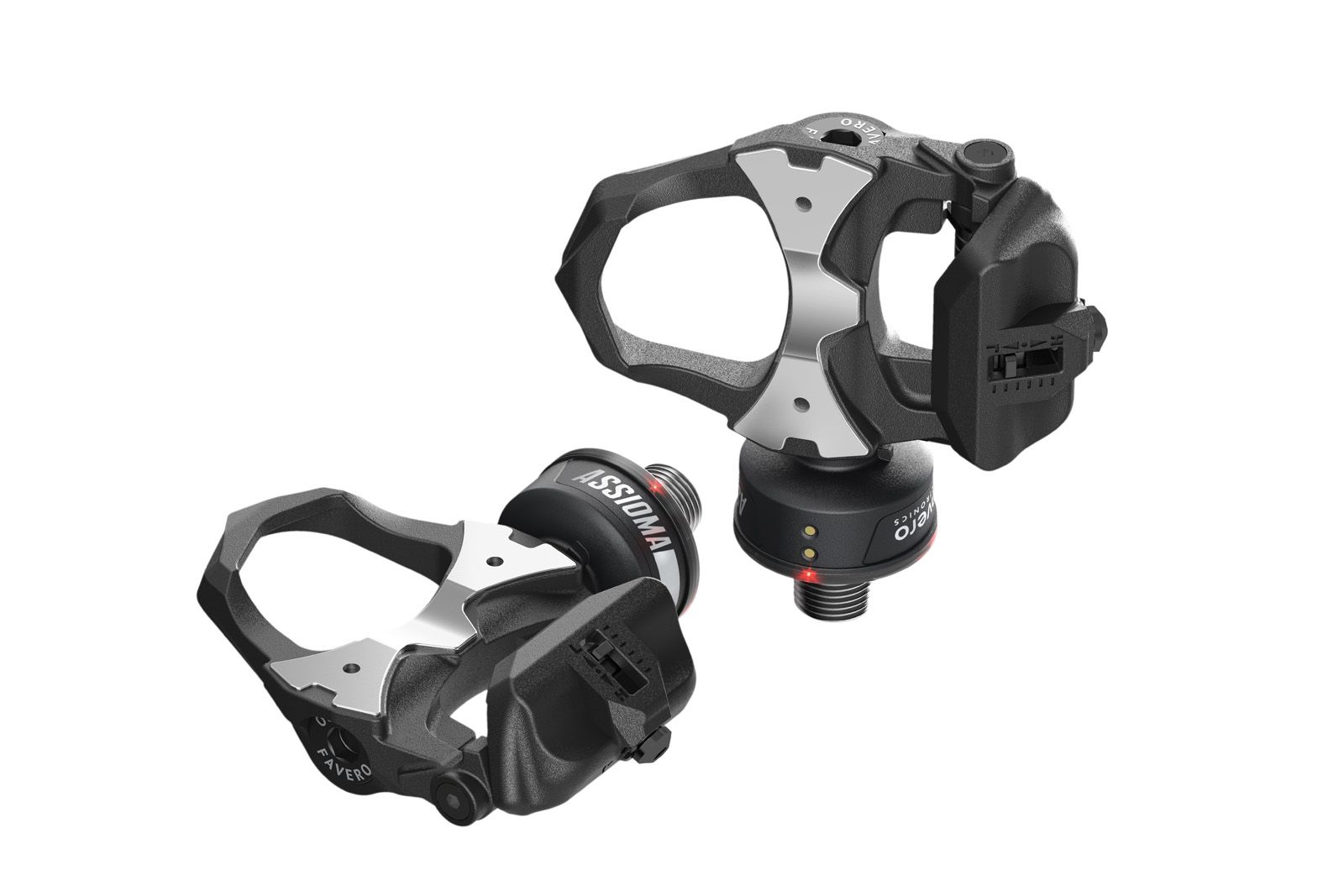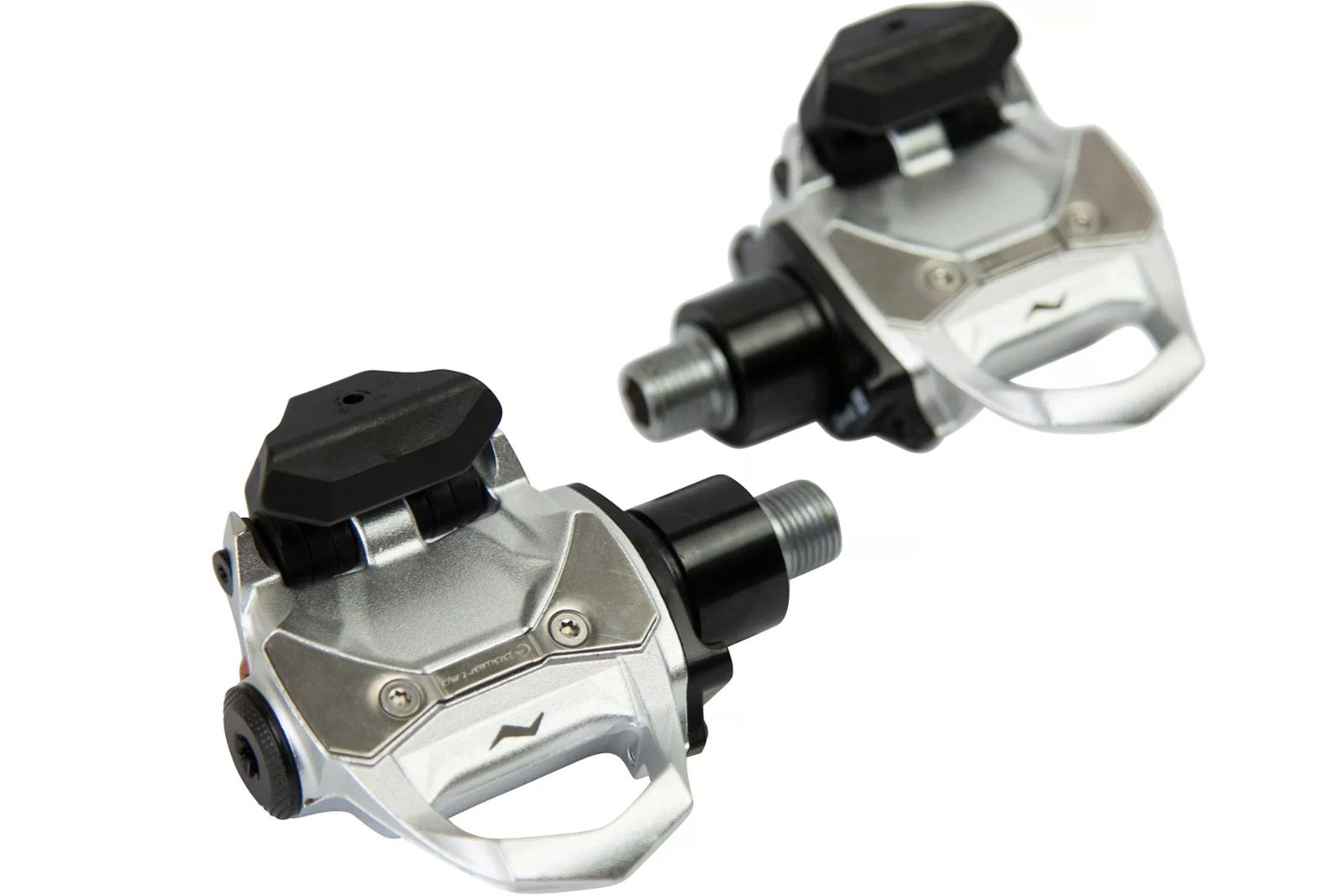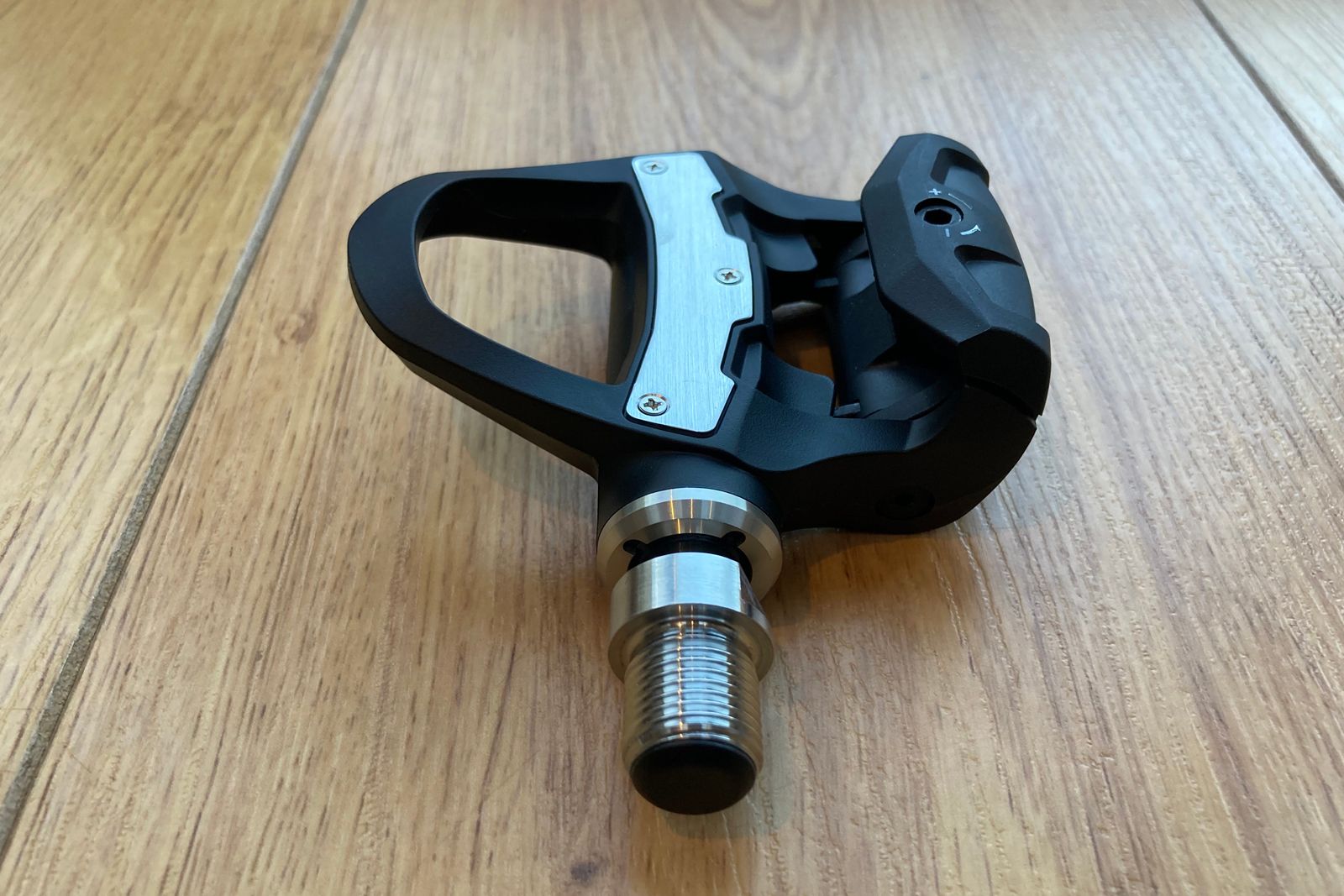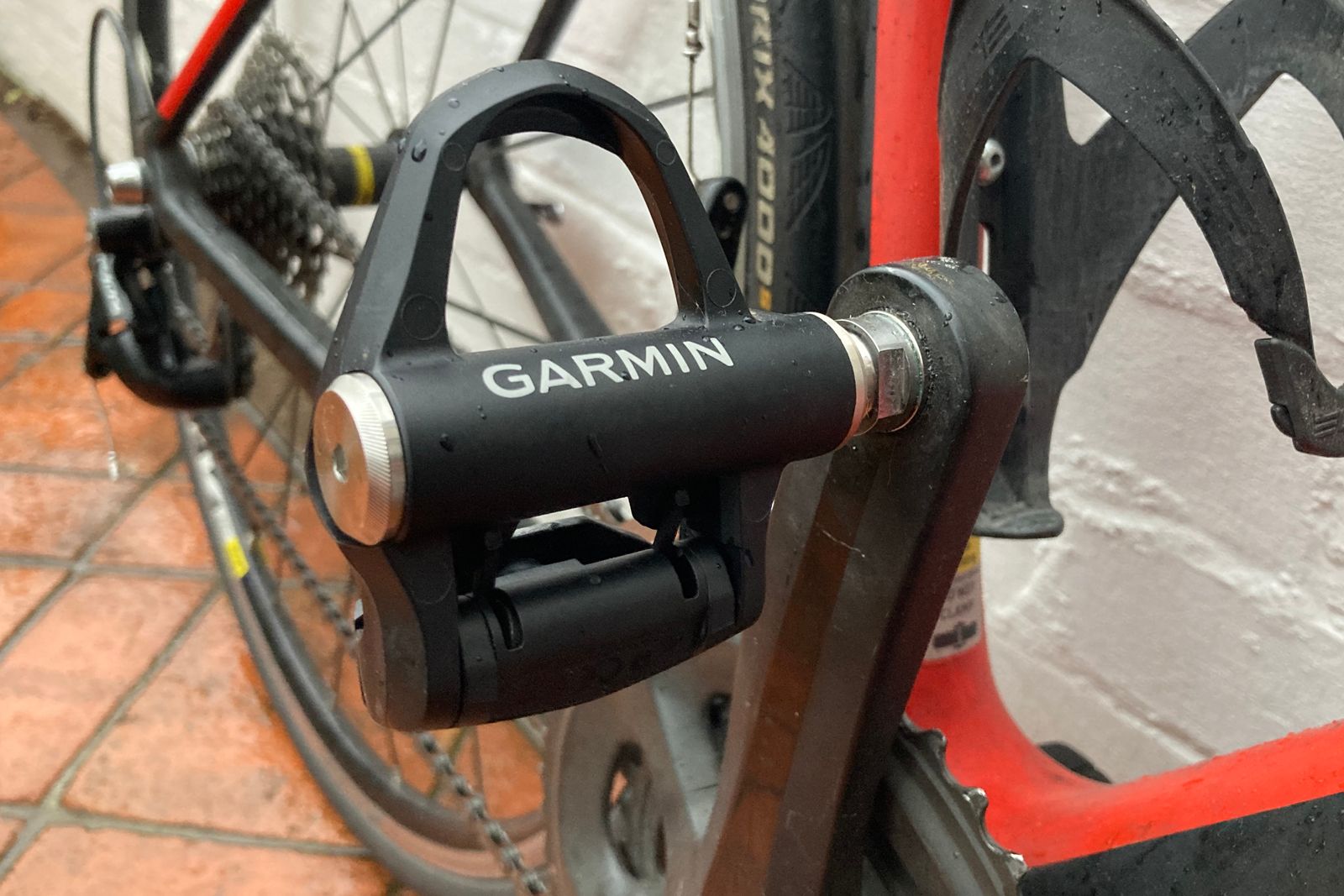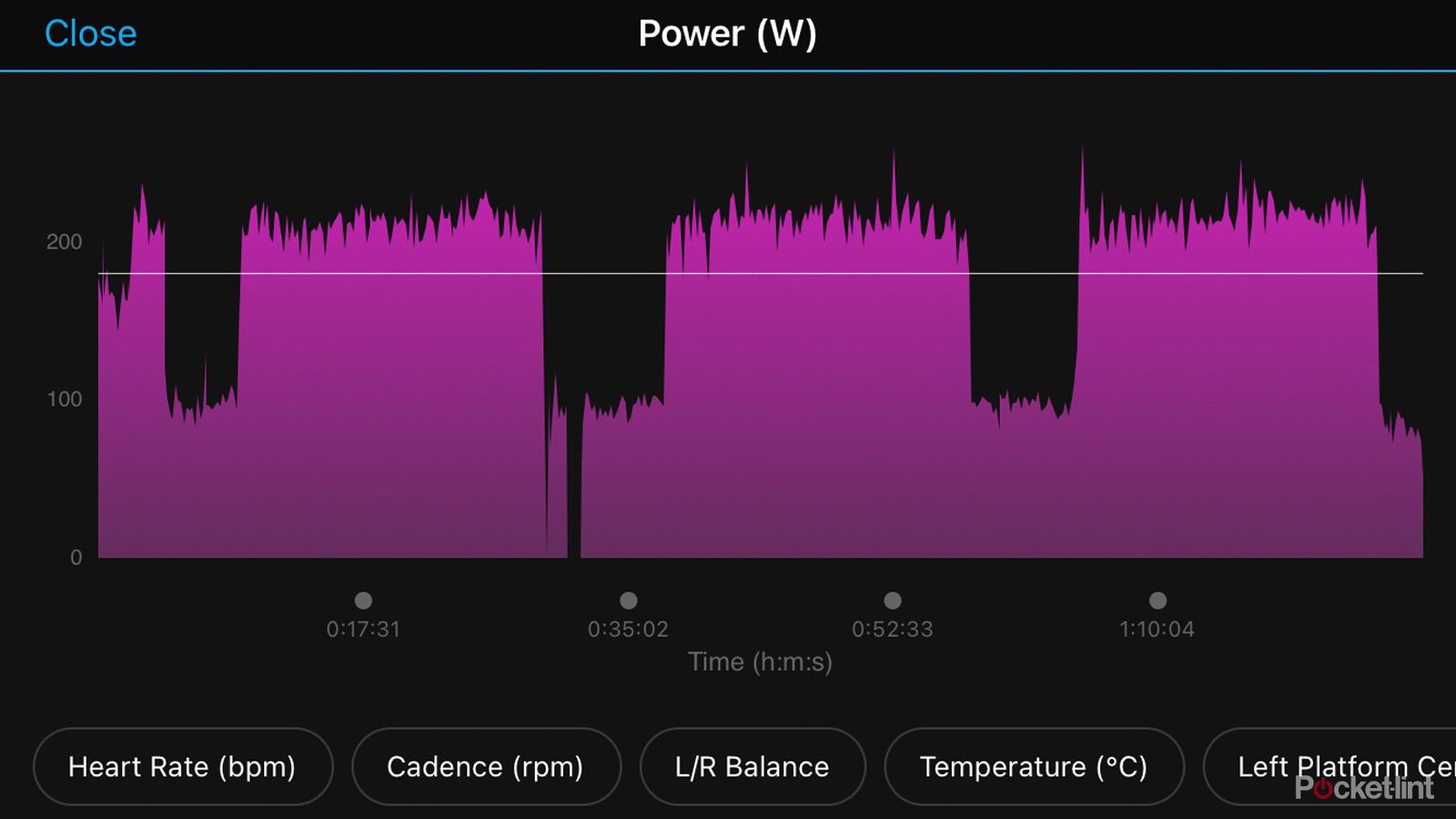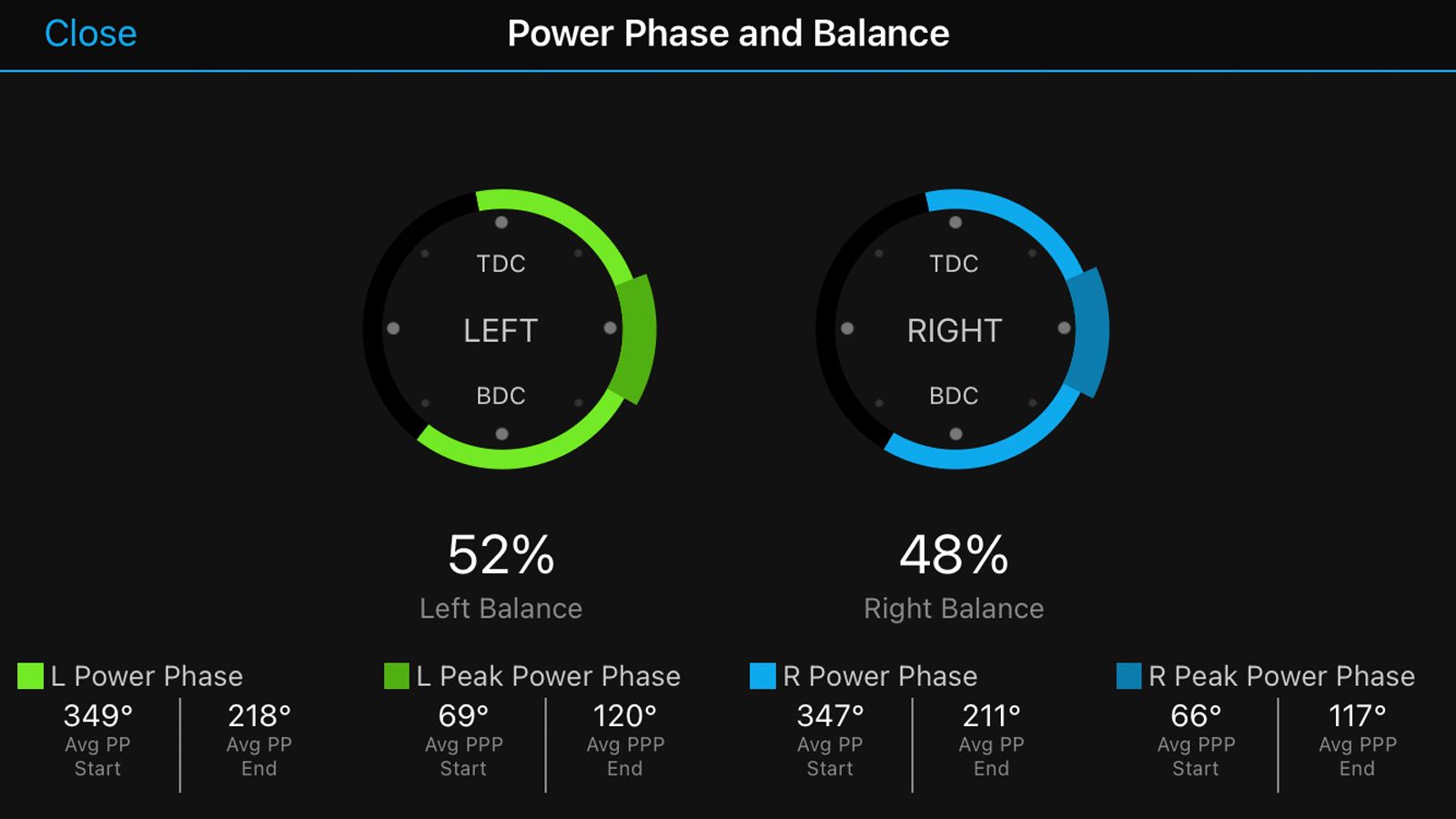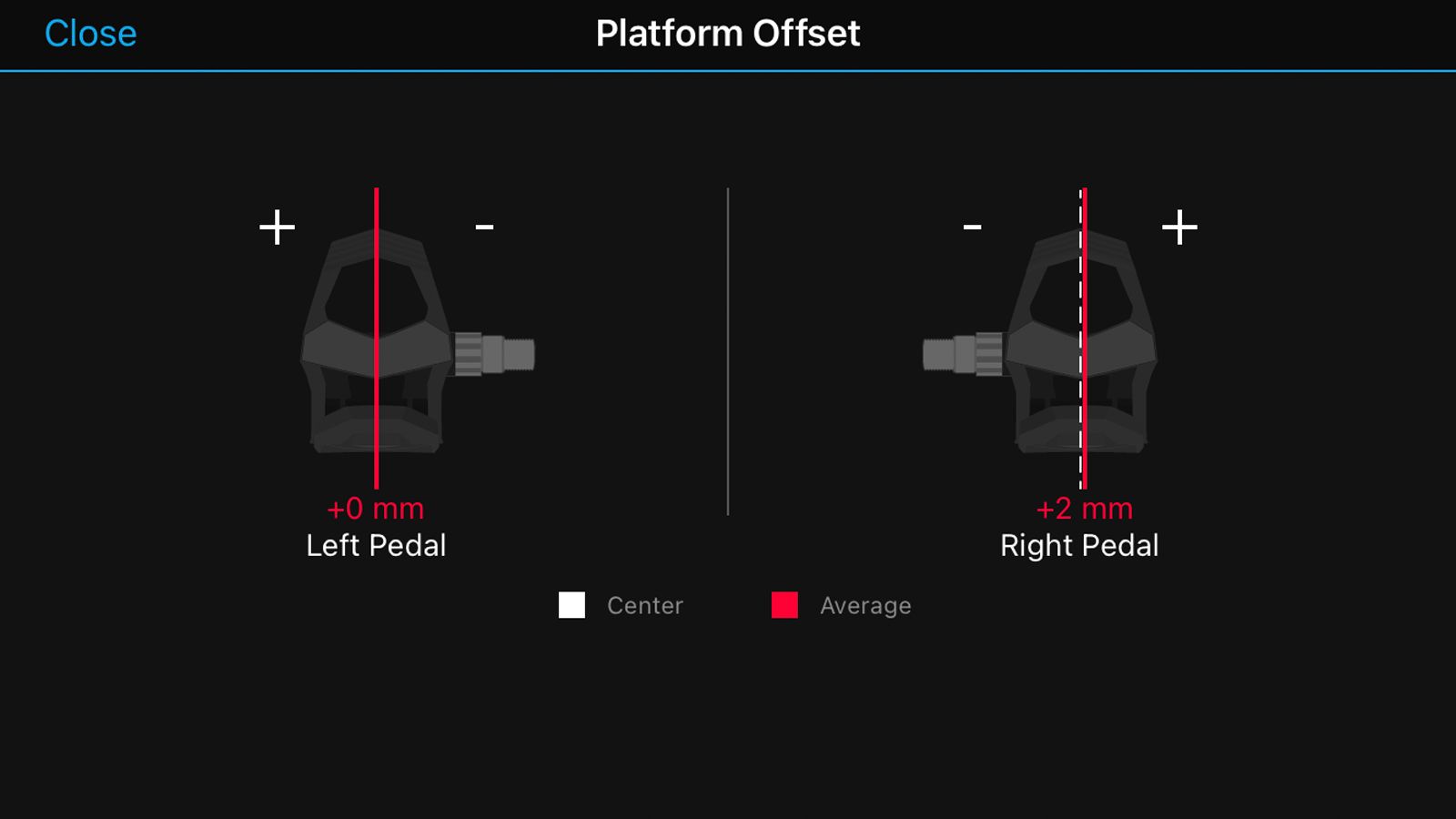The joy of cycling is that it's an accessible sport that allows you to travel relatively long distances in a short amount of time. Well, at least that's how it starts, but once bitten by the bug there are usually two questions that dominate riders' thoughts: "how do I go further?", and "how do I go faster?"
This is where deep pockets and a sympathetic or unobservant significant other becomes necessary. It usually starts with a new bike, upgrading the wheels maybe, faster rolling tyres - all these are so obviously necessary and easily justifiable in your quest to beat your PBs.
Sure, your trusty bike computer tells you the results, and your heart monitor will give you some indication of how hard you were working, but to really see how much effort you're putting in on the road, you need a power meter.
Once the preserve of the professional teams, power meters have come down in price and gone up in accuracy over the past 10 years, making them a popular and accessible upgrade for riders looking to step up their performance. So, how does the premium Garmin Vector 3 perform?
Our quick take
Despite some early poor reviews for the Vector 3 pedals, we found them - in their 2020 guise, with updated battery cover - to be excellent and consistent performers.
If you already own a Garmin bike computer you will get access to the full range of cycling dynamics, but be aware that outside of Garmin's ecosystem you will only see basic power data.
Aside from Garmin choosing single-use batteries over a rechargeable option, we whole heartedly recommend the Vector 3 power meter if that's the kind of data you want to gather to help improve your potential.
Alternatives to consider
Favero Assioma DUO Power Meter Pedals
Favero Assioma DUO Power Meter Pedals - Dual Side Sensor Black Grey
With the added convenience of rechargeable batteries, the Favero Assioma offers many of the same features and value for money.
PowerTap P2 Power Pedals
PowerTap 30507 P2 Powermeter Pedals
These reliable pedals are a popular choice for many, but lag behind the Garmin Vector 3 pedals in the data stakes.

Garmin Vector 3 - 4.5 / 5
| FOR | AGAINST |
|---|---|
|
|
Garmin Vector 3 Power Meter Pedals Black, One Size
Out of the box
- Weight: 316g
- Cleat type: Look Keo
- Waterproof rating: IPX7
- Adjustable release tension
Pedal-based power meters have long promised to deliver accurate power measurements to cyclists with the added convenience of being easily installable and swappable between bikes. Unfortunately, early investors found products that have been plagued with reliability problems, until now. Garmin has further refined its Vector 3 pedals to provide all the data you could ever need, accurate measurements and, crucially, reliability.
We'd been looking forward to testing the Vector 3 pedals, despite the fact that there are a number of negative reviews online. In spring 2020, Garmin released a new-and-improved battery compartment cover for their Vector 3 pedals - which has finally added the all-important factor of reliability to what was already undoubtedly a technically excellent power meter.
The Vector 3 pedals are shipped with a pair of basic red (9 degree float) Look Keo cleats, so you can get going straight away, though many people will want to upgrade to ones with less float.
Also included is a quick installation guide and the manual. If, like most people, you're planning on installing the Vector 3 pedals yourself, you're also going to need a 15mm spanner and some grease; as long as you have those it's a simple enough job. Weighing in at 316 grams apiece, they're about the same weight as the most basic Look or Shimano pedals, which considering the technology that is packed into them, is fairly remarkable.
Once you've got the Vector 3 pedals physically attached to your bike, you need to pair them with your bike computer (they are also compatible with some high-end Garmin watches) and set your crank length. It's then possible to alter the data fields on your display to show all sorts of variations of power output as you ride.
One thing that isn't clearly explained in the manual, however, is how to calibrate the Vector 3 pedals - which Garmin support says you should do before each ride.
On the road
- Communication: ANT+ & Bluetooth
- Battery type: LR44/SR44 (x4)
- Battery life: 120 hours
- Accuracy: +/- 1.0%
Out on the road the pedals do precisely what they should. As straight pedals, they are unobtrusive to the point that we forgot they were there, which is exactly as we think it should be for this kind of tech.
We found clipping in and out was just as you would expect - unless you're unfamiliar with Look Kleo anyway! - and they had good clearance, even when cornering more aggressively. We tested them extensively in the wet and cold, commuting through the winter grit and grime as well as the lanes at weekends, and they worked flawlessly no matter the weather.
The IPX7 protection means these pedals won't be bothered by hours of road spray, or indeed a full dunking if you have to traverse a flooded road. Garmin's battery cover has been redesigned and stands up to the rigours of real-life riding.
One niggle is that the pedals do not have a rechargeable battery option - which we would have liked to have seen over the single use LR44 batteries.
Connectivity and Garmin Connect
Once you're off the Vector 3 power meter provides near instant power data to our bike computer. That's allowed us to pace TT efforts and perform interval training on the track and road. To check the power reading we hooked the bike up to a Wahoo Kickr and found that the pedals recorded power at a consistent 10W higher. It's usual to find discrepancies like this between power meter measurements, but crucially they tracked each other's power consistently.
Through your bike computer - and the Vector 3 pedals are compatible with all the major players - you can choose to display a range of data beyond just straight power output, including your watts per kilogram (W/KG), power as a percentage of your FTP (Functional Threshold Power), average power per lap - the list goes on and covers pretty much every realistic scenario we could think of.
Beyond this Garmin provides a rich seam of data for post-ride analysis that will appeal to many riders looking to improve their technique, but only if you're using a Garmin Edge computer or compatible watch. Through these you'll be able to record and analyse your ride's power cycling dynamics.
The data covers a wide variety of areas, including cadence, left/right power balance, time spent seated/standing, your power phase (showing the angles of rotation of the pedal that you are generating different levels of power at) - again, the list goes on.
It's worth noting that this is only available on the Vector 3 pedals, not the single-sided and more affordable Vector 3S model.
How useful this data will be will vary from rider to rider, but there's no doubt that Garmin present the data in an accessible way through the Garmin Connect app. If you want to train to increase your power to weight ratio then it's not going to be an overnight journey, you'll need to put the structure and planning into place.
If you have more cycling sensors to pair with your setup then you can derive yet more data too. Garmin will know your power output and can detail recovery, based on your profile build in Garmin Connect. A heart-rate monitor and blood oxygen read can also factor into this.
You are also able to analyse at what phase of your pedal stroke you are applying the greatest power. We found this data interesting to see and to think about, but there is no definitive 'right' answer to how this should be.
Platform offset was again interesting, but no amount of cleat tweaking seemed to change the +2mm that our right foot was off from centre. And herein lies the danger of so much data: how much time one should spend trying to adapt with newly enhanced knowledge.
Garmin Vector 3 Power Meter Pedals Black, One Size
To recap
These power meter pedals offer a huge range of power data to cyclists. They are consistent, reliable, and becoming increasingly affordable - not that they're 'cheap' by any means.

